Reverse Logistics Process: How to Find & Fix Issues
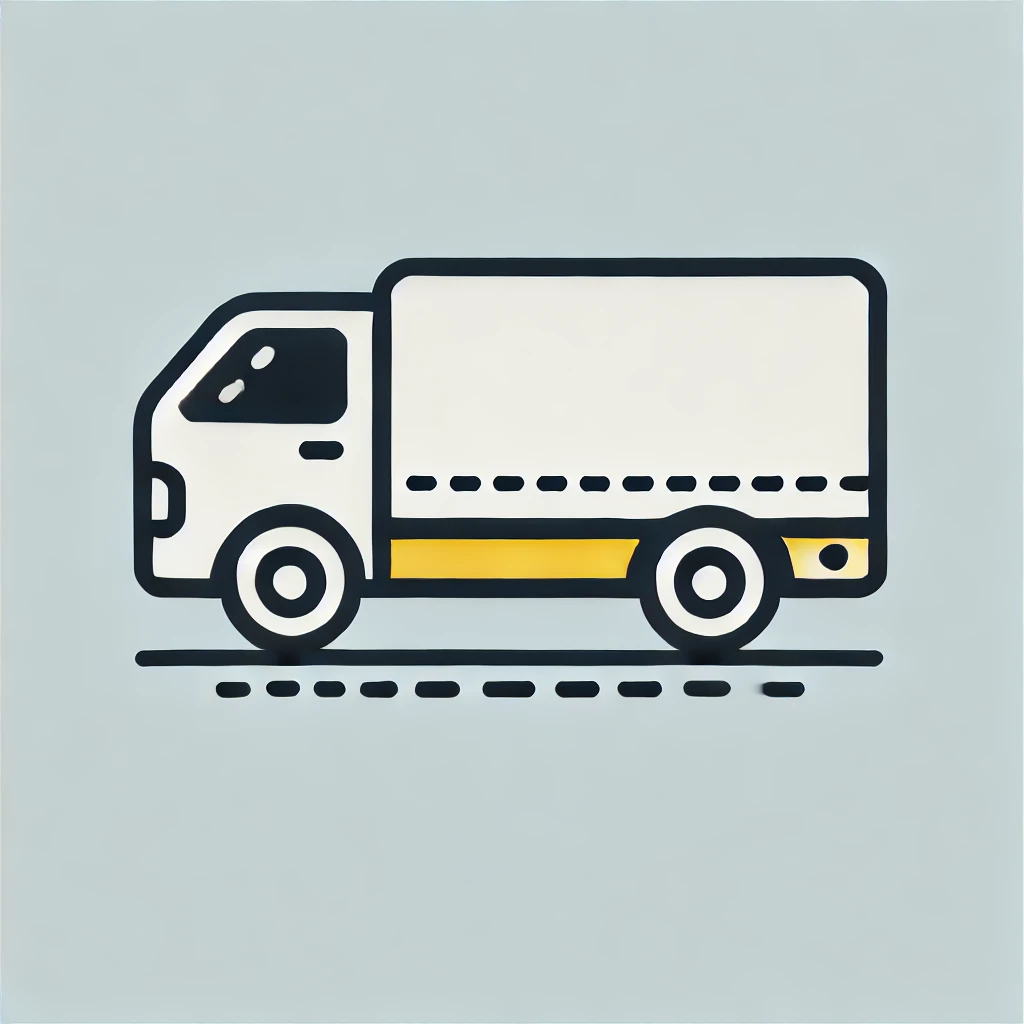
Step 1: Product Return Collection
The first step is retrieving the product from your end user or customer. This process is also known as product return collection. It is crucial for initiating the reverse logistics process.
Challenges
Several challenges may arise when collecting product returns. They include customers who don’t comply, problems related to volume, and issues with multiple collection points.
Customer Compliance
Whenever you’re working with the public, there’s likely to be a wild card or two. Customer returns are no exception. While most customers will likely follow instructions, not all will. Be prepared to have items returned without authorization. Expect some items to be sent through improper channels. Finally, understand that many people don’t know how to pack items properly to avoid damage in shipping.
High-Return Volume
Even if things go smoothly most of the time, high volume can cause problems. You’ll likely run into challenges during peak times like the holiday season. Increased volume can lead to processing delays and inventory backlogs. It can even cause increased error rates if employees become overwhelmed.
Multiple Collection Points
You’ll likely have returns coming in through several collection points. Some people will choose to ship items back to you. Others will bring them to a retail location. You may even elect drop-off points outside of your business to offer convenience. You must remain consistent in your policies and practices through each site. Ensure that all staff are trained on returned inventory procedures.
Solutions
Even though the receiving process can be tricky, there are ways you can make it easier. Here are a few solutions that can help.
Provide Clear Return Instructions
A clearly communicated, easy-to-understand return policy is vital. Aim to set expectations for returns before a customer even makes a purchase. Include return instructions with every order. You could include a QR code for your returns portal on receipts and packing slips. Then, should they initiate the process, provide step-by-step instructions. You can create online guides or video tutorials to ensure your directions are easily understood.
Utilize Automated Return Systems
Return materials authorizations (RMA) helps you take control of this process. It ensures the accuracy of information in your system. A reverse logistics platform that has the RMA process integrated can reduce fraudulent returns. It can also immediately verify key information about the order before authorizing a return.
Properly Coordinate Returns Process
You need a way to coordinate across all collection points. Consider implementing a centralized returns management system. Standardizing returns across all locations simplifies things for your team. For this to work, you need real-time data sharing and synchronization between collection points. You’ll also want to implement regular training and communication.
Step 2: Shipping Return
The next step is returning the item to your warehouse, manufacturing facility, or retail store. As more companies operate online stores, this usually means shipping through carriers like the USPS, FedEx, and UPS to get the item back.
Challenges
Once returns have been initiated, you have to worry about shipping. You’ll need to ship from your stores and drop points to your warehouse. You must also coordinate easy ways for customers to ship items back directly. There are several challenges associated with this process.
High Shipping Costs
Today’s online shoppers expect you to cover the cost of return shipping. But, doing so can impact profit margins, especially for low-value items. You must balance customer expectations with business costs and determine your policies accordingly.
Shipping Bulky or Fragile Items
Ideally, you want to get your items back in the same condition as you sent them out. This can be an expensive undertaking if you sell bulky or fragile items. Delicate purchases have a serious risk of damage during return transit. Oversized items, on the other hand, incur high shipping costs due to size or weight.
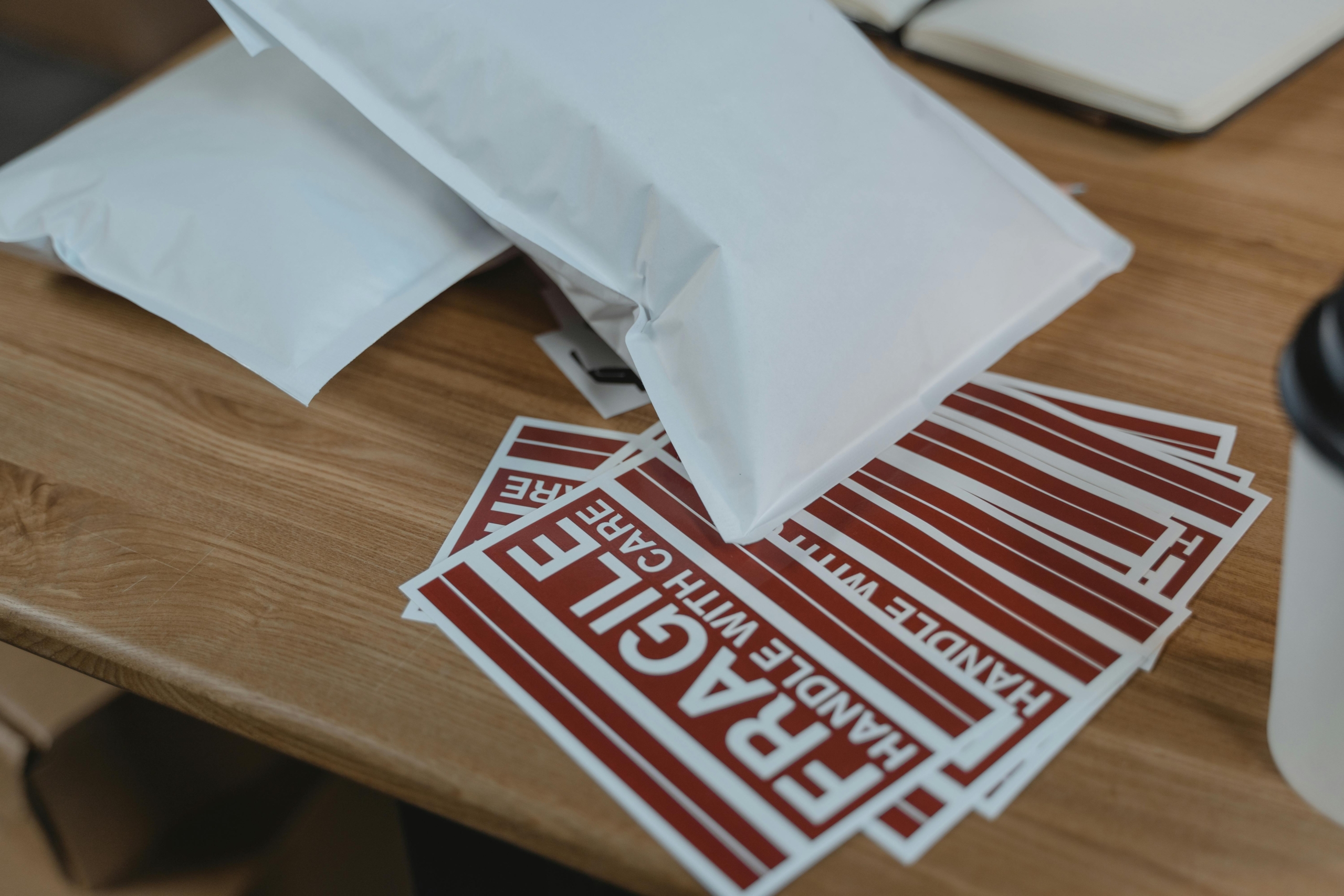
Shipping Delays & Lack of Visibility & Tracking
Once customers drop an item at the post office, UPS, or FedEx, the waiting begins. Unpredictable transit times can affect customer satisfaction and inventory management. Customers expect real-time tracking. It’s hard to provide accurate status updates to customers when the package is out of your hands. Delays can lead to problems with processing and restocking timelines.
Returns Fraud
Most of your customers are delightful, no doubt. However, there are always a few bad actors to deal with, and return fraud takes many forms. For example, wardrobing is when people order clothes they don’t intend to keep. They then wear the items before returning them for a refund or exchange. At other times you may get empty box returns where the customer will swear they returned the item. And this is just the tip of the iceberg. Sift estimates that more than $101 billion was lost to fraudulent returns in 2023 alone.
Solutions
As always, there are ways to improve your reverse logistics process. Look into solutions like negotiated shipping rates and real-time tracking. Use an RMS to prevent fraud. And provide protective packaging to help consumers return items in good condition.
Negotiated Shipping Rates
There’s no need to pay full price to have items returned to you. Instead, negotiate bulk discounts with shipping carriers. Leverage shipping volume to get better rates in both directions.
Leverage Real-Time Tracking Systems
Your reverse logistics software simplifies shipping by providing customers with return shipping labels. This process can significantly reduce delays and errors in returning your items to the right place.
Identify & Prevent Return Fraud with an RMS
You may think fraud is just a cost of doing business, but that doesn’t mean you can’t prevent a lot of it. Use automated verification processes to verify returns. Then, integrate customer purchase history and return behavior data to flag potential fraud. Or, you could just let an RMS help prevent return fraud for you. Advanced analytics in Returns Management Systems (RMS) can detect unusual return patterns. This analysis can help you spot potential fraud and cut it off.
Provide Protective Packaging
Be sure to give your customers everything they need to return items in good condition. Offer appropriate packaging materials for different types of products. Design return-specific packaging to help reduce damage during transit. Finally, clear instructions on proper packaging techniques should be provided to customers. This step won’t prevent all damage, but it should cut it down.
Step 3: Assessment of Return Condition
Once the items arrive, they will need to be inspected for damage or to verify the reason for return by a customer. It’s usually a manual process performed by one of your team members.
Challenges
There are several obstacles in return condition assessment. The process can be time-intensive. Manual evaluations can lead to inconsistent results. Human error and overwhelming volume can exacerbate this issue. These challenges can cause increased costs, delays, and customer dissatisfaction.
Time-Consuming Inspections
Detailed inspections need significant time investments. However, the required time can cause bottlenecks in the return process as inspectors work to keep up. They need to form a balance between thorough inspection and processing speed. A lack of balance may lead to hasty inspections during peak returns times.
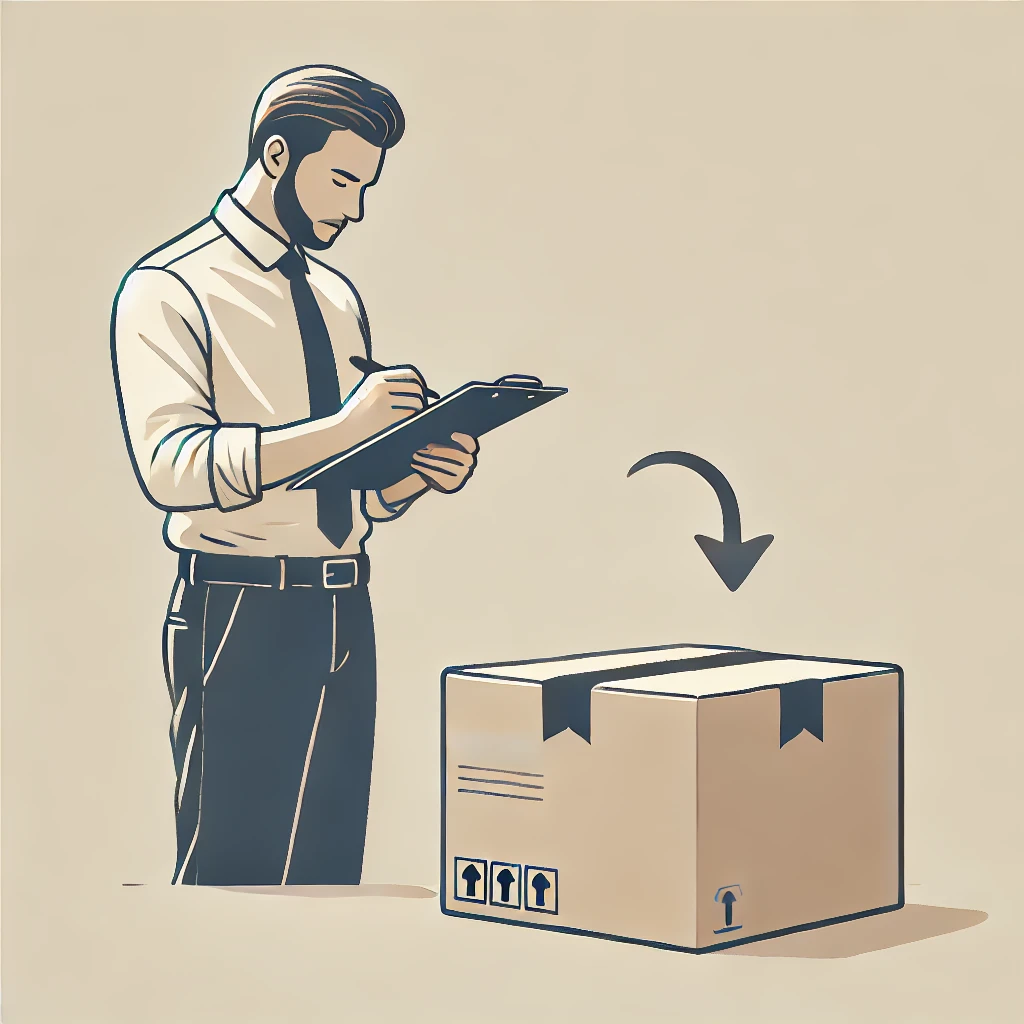
Inconsistent Evaluation of Returned Product
Many retailers lack standardized criteria for assessing product condition. The result is variations in assessment between different staff members. One person’s slight imperfection may be another’s significant damage. Even with standards, it can be difficult to maintain consistency across many locations.
Human Error in Evaluation
Another common problem is the potential for human error to creep into the process. Mistakes in condition assessment can result from fatigue or lack of expertise. Inspectors may also have trouble maintaining focus during repetitive inspection tasks. This can lead to inconsistencies in applying return policies or evaluation criteria.
Handling Returns at Scale
Finally, peak returns times like the post-holiday season can present their own challenges. Maintaining assessment quality with a high volume of returns can be difficult. Pressure to process returns quickly can compromise thorough evaluations. You may even face challenges with hiring enough staff for peak periods. Insufficient staffing adds to the burden placed on inspectors as they try to keep up with the influx of returns.
Solutions
There are a few key strategies that can improve return conditions assessments. You must implement standardized criteria for evaluation and train your staff accordingly. You can also use technology to simplify the process and develop scalable systems.
Standardized Assessment Criteria
First, you must develop clear, objective guidelines for product condition evaluation. Create a standardized grading system (e.g., A, B, C) for all returned items. Then, create checklists for different product categories to ensure consistent assessment. These steps will help employees understand and adhere to the same standards across your organization.
Properly Train Your Staff
Even the best standards will only help if your staff understands and adheres to them. Conduct regular training sessions on assessment procedures and criteria. Use real-world examples and hands-on practice in training programs. Regularly update training materials as products or policies change. Implement a mentorship system for new team members so they have someone to address their questions.
Use Technology to Improve Product Evaluation
Technology can help you keep everyone on the same page. Your reverse logistics platform can play a role here. It can provide screeners with the right tools to immediately move products to the next step (repair, warranty, resale, disposal). This can speed up the time from return receipt to the final destination.
Scalable Assessment Systems
Implement modular assessment stations that can be easily replicated during peak times. Integrate pre-sorting systems to streamline the assessment process. Develop a tiered assessment system for handling different complexities of returns. Simpler assessments can be handled by new or seasonal staff. The trickier items can go to senior staff members with more experience.
Step 4: Repairs, Warranties, or Exchanges
Some items will need repair, a warranty claim, or an exchange. Sharing information gathered from previous steps is vital. This data includes the customers’ RMA and inspection from a screener. All of this information should go with the item to the warranty or repairs department.
Challenges
There are three key issues in managing repairs, warranties, and exchanges:
- Complexities surround inventory management techniques.
- There’s a shortage of skilled repair technicians.
- Your repairs work must meet customer expectations.
Proper Inventory Management
Inventory management can be quite complex. When you add in repairs and warranties, it becomes even more so. You’ll need to track and manage different types of inventory to ensure repaired items are returned to the correct customer. Then, you’ll need an inventory of repair parts and replacement products. You’ll also need to balance stock levels to meet repair needs without overstocking. Finally, you may have to coordinate inventory across multiple repair locations or centers.
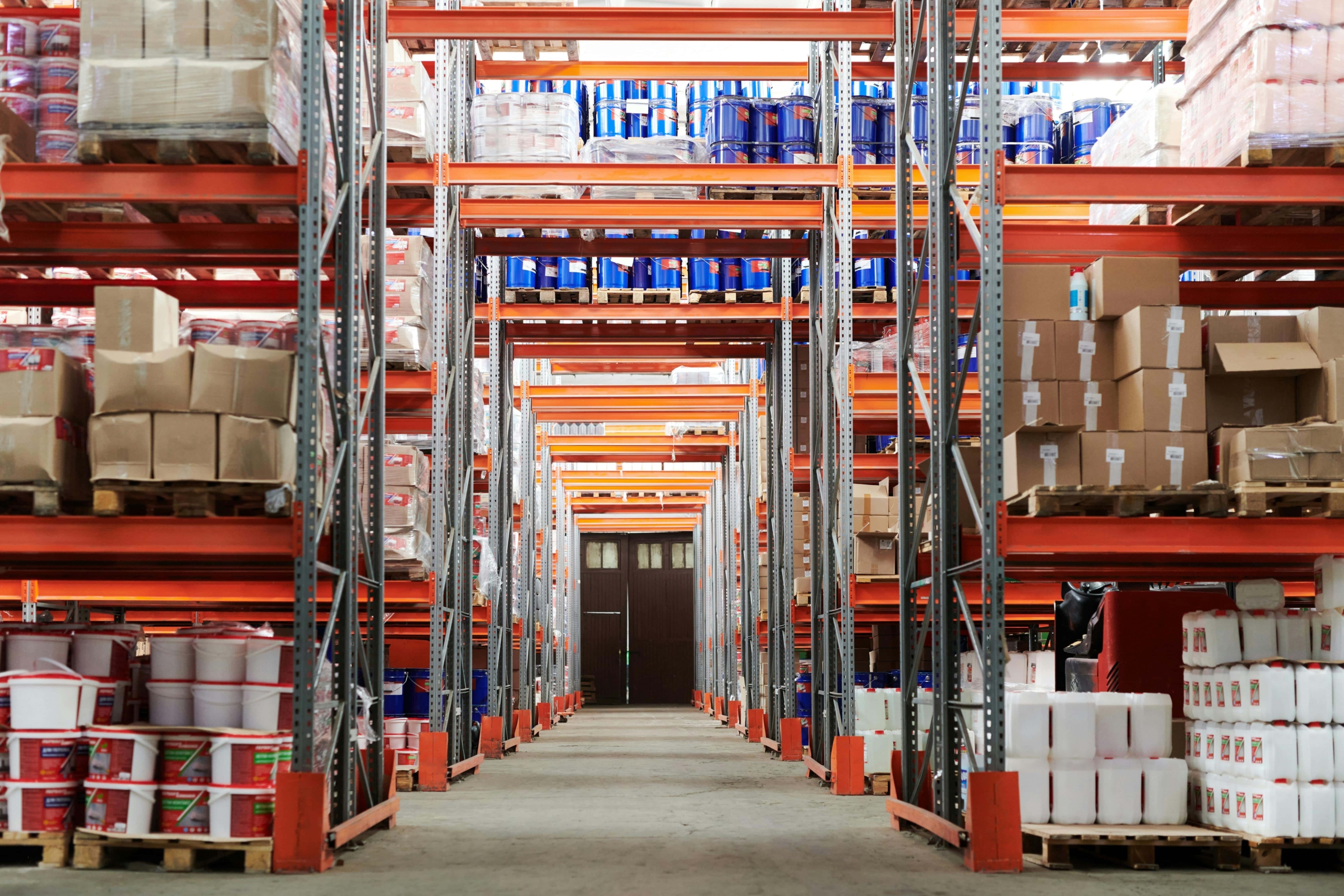
Lack of Repair Management Technicians
Skilled repairs experts can be hard to come by. There’s a shortage of skilled technicians for specialized repairs. As a result, many brands have difficulty training and retaining qualified repair staff. It can also cause challenges in managing the workloads of technical staff.
Customer Expectations for Returns
Brands must balance customer satisfaction with operational constraints. It can be tricky to manage customer expectations for repairs. They frequently expect quick turnaround on repairs or exchanges. You must manage expectations for repair timeframes and outcomes upfront.
Solutions
Fortunately, there are ways to smooth the repairs process. Here are a few suggestions for streamlining your warranty issues and other repairs.
Inventory Management Systems & Techniques
Transparency and visibility into the process can reduce wasted time and redundant work. Without the right software, warranty and repairs staff could spend a lot of time chasing down information. They need access to details about the customer, the order, and the product. This data can easily be shared from the RMA and the inspections process that has already happened.
Establish Dedicated Repair Centers
One way to streamline the repairs process is to centralize it. Instead of handling repairs in each warehouse, consider a dedicated repair center. Create specialized facilities focused solely on product repairs. Centralized repair operations improve efficiency and quality control. You can also invest in specialized tools and equipment for common repair needs.
Clearly Communicate Returns & Warranty Policy to Customers
On the customer side, communication is key. Provide easily accessible, plain-language explanations of return and warranty policies. Use multiple channels (website, email, packaging inserts) to communicate these policies. Offer proactive updates on repair status and expected completion times. You could even create a customer portal for tracking repair progress and history.
Step 5: Refurbishing, Repackaging, Restocking
Some products won’t need repair and instead will go for either resale or disposal. This step may be among the most critical. Delays in processing a return can impact customer refunds or credits. Delays could also impact your ability to resell a product.
Efficient processing helps your bottom line. Get an item back on the shelf quickly if it can be resold, even at a discount. You may be able to send defective items back to the vendor for a refund. Speed is key for seasonal items because you will need to get them back up for sale before the season ends.
Challenges
Recommerce is the process of refurbishing, repackaging, and restocking returned items. There are three key issues you’ll likely run into:
- You need to make sure that your brand maintains quality standards so the item isn’t returned again
- This process can eat up warehouse space, taking up space that new products can use.
- You need to consider the costs associated with recommerce
Quality Control
Whenever you resell a returned item, you should first consider the end customer. There’s nothing wrong with selling “scratch and dent” items as long as they’re clearly marked. Ensure refurbished products meet original quality standards and label any cosmetic damage clearly. Aim for consistency in quality across different batches or locations. The last thing you want to do is damage your brand’s reputation by selling sub-par products.
Management of Warehouse Space
When you begin selling refurbished items, you may run into a common problem. They take up space and throw a wrench in your warehouse management. You’ll need room for returned items awaiting processing and those ready to resell. It can be tricky to balance space for refurbished products with new inventory. You’ll also need to manage seasonal fluctuations in returned inventory.
Cost of Repackaging Returned Products
You may consider liquidating returned items to be a waste. But you need to remember that there is a cost to remarketing returned items. Consider the expenses associated with new packaging materials and labor costs. You’ll also need to balance cost-effectiveness with maintaining product presentation.
Solutions
You’ll need tried-and-tested strategies to address challenges in recommerce. These include rigorous quality assurance and cost-effective packaging solutions. You’ll also need an optimized warehouse layout and streamlined processes.
Implement Strict Quality Assurance Programs
As with any step in the process, consistency is vital. Develop standardized quality check procedures for refurbished items. Implement automated testing systems wherever they’re applicable. And make sure you’re regularly offering training for quality control staff.
Optimize Warehouse Space
Don’t let returns and recommerce take over your warehouse space. Use a top-notch warehouse management system (WMS) for optimal space use. You could also choose dynamic storage solutions for flexible space allocation. Finally, be sure you’re using vertical space efficiently with appropriate racking systems.
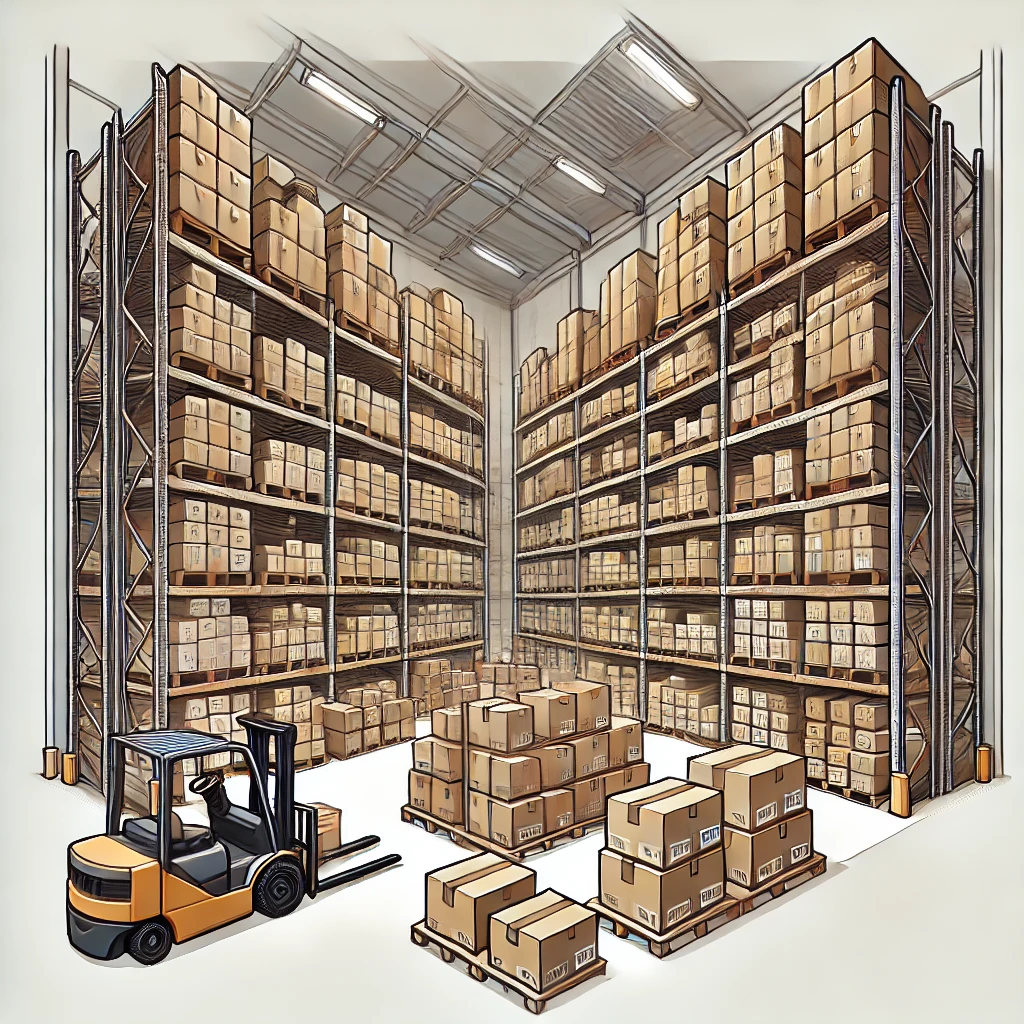
Cost-Effective Packaging
Just as you don’t want recommerce to take over your warehouse, it shouldn’t consume too much of your budget. Repackaging items can be expensive, especially if you’re trying to make them look new. Instead, consider multi-use packaging that can work for many types of products. Invest in bulk packaging materials to reduce per-unit costs. To remain sustainable, explore eco-friendly packaging options that may offer cost benefits.
Step 6: Processing Return
We’ve come to the critical stage where returns are processed. This step is the final stage of the return process from the customer’s point of view. It may involve issuing refunds, replacements, or store credits to the customer. This step is critical for customer satisfaction and retention.
Challenges
Processing returns impacts your company’s cash flow and inventory management. It requires seamless integration with financial systems and inventory databases. Efficiency at this stage impacts customer satisfaction and company profitability. You must balance speed, accuracy, and cost-effectiveness with customer service. It can be a significant challenge for your brand.
Slow or Delayed Processing Times
Today’s consumer expects speed. They want instant gratification. Delays will almost certainly impact customer satisfaction and loyalty. Bottlenecks in return processing workflows can also affect inventory turnover and cash flow.
Management of Returns Data
One of the specific challenges you’ll run into at this stage is managing data. You’ll need accurate data on the customer’s reasons for returns. You must then integrate returns data with other business systems. You may need to keep track of store credits long-term. And you’ll need to ensure data privacy and security are always at the forefront.
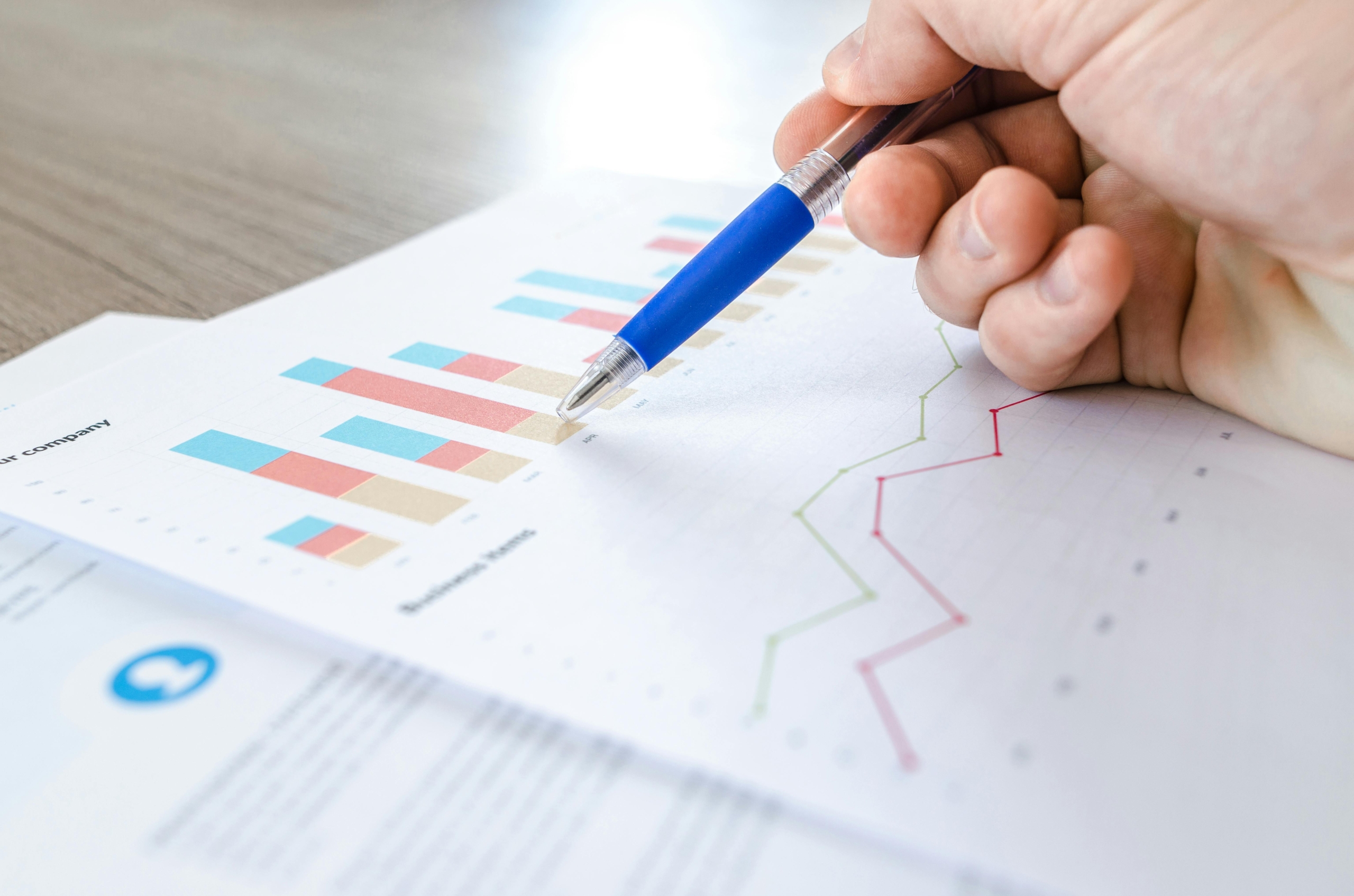
Proper Resource Allocation
As always, resource allocation is key. Balance staff, space, and equipment between regular operations and returns. Doing so is especially challenging during seasonal spikes in return volumes.
Solutions
Fortunately, we have some strategies that can help you address these challenges. Look into workflow optimization and automation. Make use of data analytics and strategic resource planning. You’ll have returns processing under control in no time.
Streamline & Automate Workflows
The most important solution involves speeding up returns processing without compromising quality. Technology can be your best tool here. Use automated refund processing systems for faster transactions. Use AI-powered chatbots to handle simple return inquiries and status updates online. Look for software that links return approval to immediate refund initiation.
Leverage Analytics Tools
Use data analytics to identify patterns in return reasons and adjust accordingly. Predictive models can forecast cash flow impacts from returns. Analyze customer return history to personalize the return experience and prevent fraud.
Plan & Allocate Resources to Handle Return Volumes
You’ll want to use your resources wisely here. Develop a dedicated customer service team for handling complex cases and customer inquiries. Implement a queue management system to prioritize and efficiently process returns. Hire seasonal staff to handle spikes in return volumes without compromising processing speed.
Step 7: Product Return Disposition
The final step is to discard products that cannot be resold. You might discard it by recycling it, if possible. It could involve unloading it on a secondary market to another company for repair or reuse. Finally, it could mean throwing it away (hopefully as a last resort).
Challenges
You don’t want a lot of unsellable products taking up space in your warehouse. That could lead to paying for more storage space than you need. But this is often the case as companies run into challenges with product disposition.
Deciding What to Do with Returns
First, it’s not always easy to know what the best path forward will be. You need to assess product condition and potential for resale or refurbishment. Balance the cost of processing against the potential recovered value. Handling diverse product types with different disposition requirements can make this complex.
Impact on Environment & Sustainability
Modern consumers want to support brands that align with their values. Businesses must manage waste and hazardous materials responsibly in response. It also requires you to reduce your landfill contributions from returned products. Often, sustainable returns management isn’t just good business — it’s the law. Environmental regulations are becoming increasingly strict, and your brand must comply.
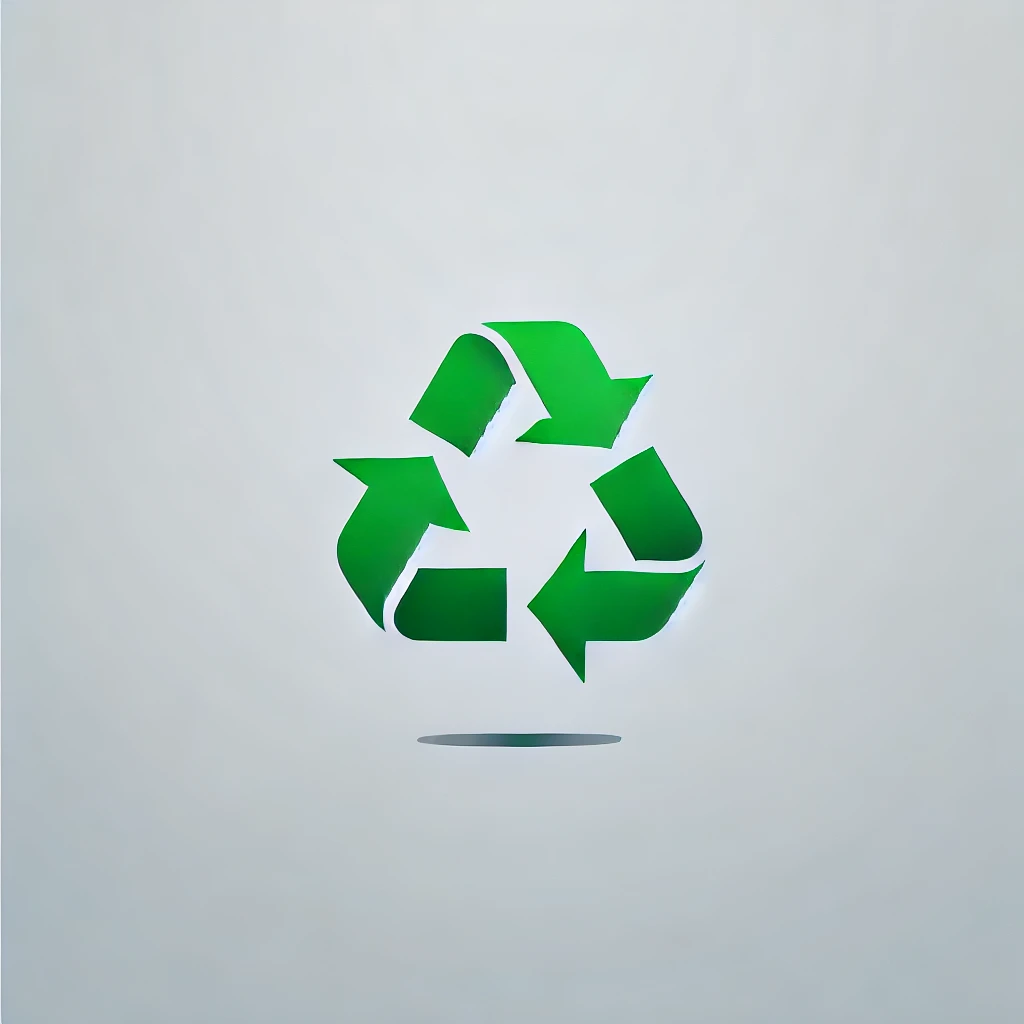
Recovering Value from Returned Products
Of course, top of mind may be the financial resources tied up in all this returned merchandise. These resources are hindered by challenges in accurately assessing an item’s residual value. You also need to find cost-effective methods for refurbishment or recycling. There may be pressure to recover the most value while minimizing time and costs. Managing returned products with rapidly declining market value can also be a factor.
Solutions
There are several ways to smooth the complications related to disposing of damaged or defective products. Here are our tips.
Create Clear Disposition Guidelines
Once again, start with clear policies and procedures. Develop a decision tree for common return scenarios. It should guide staff through the process so they don’t have to question what to do with an item. Use automated systems for initial disposition recommendations. This system cannot be stagnant. You’ll need to regularly update guidelines based on market conditions and product life cycles.
Employ Value Assessment Tools
Automating valuation is a good way to take some of the burden off your staff. Use AI and machine learning for rapid value assessment of returned items. Install real-time market analysis tools to determine optimal resale channels. Develop a comprehensive database of component values for parts-harvesting decisions.
Implement & Follow Sustainable Practices
Sustainability is everyone’s responsibility and should be a major factor in disposal processes. Consider partnering with certified recycling facilities for responsible disposal. Implement a circular economy approach, focusing on reuse and refurbishment as appropriate. Develop programs for donating suitable returned items to charities.
Step 8: Return Data Analysis
Return data analysis is the final step in the reverse logistics process. It’s crucial for continuous improvement. This stage involves examining data from all previous steps. Identify trends, patterns, and areas for enhancement. The insights gained here can inform strategic decisions and process refinements. They can ultimately lead to a more efficient and cost-effective reverse logistics operation.
Challenges
The analysis of return data presents several unique challenges. You need to ensure data accuracy and integrate information from various sources. Then, you must derive meaningful insights. Businesses must overcome these hurdles to make their data effective.
Accuracy of Data
Ensuring consistency in data collection across different return stages is a significant challenge. Human error in data entry and processing can lead to inaccuracies. Any false data in your system can lead you to incorrect conclusions.
Integration Data from Various Sources
Combining data from many touchpoints in the return process can be complex. Businesses may struggle with reconciling information from diverse systems. You’ll need to standardize data formats for meaningful analysis.
Finding Insights from Returns Data
Identifying meaningful patterns in large volumes of return data is no small task. Translating data insights into actionable strategies requires both analytical skill and business acumen. It may be challenging to distinguish between correlation and causation in trends.
Solutions
Businesses can implement several solutions to address these challenges. These solutions range from data verification processes to centralization efforts. You can also make use of advanced analytics tools.
Verify Your Data
Use automated data validation checks to catch errors early to improve data accuracy. Regular audits of data collection processes can ensure ongoing accuracy. Train staff to understand the importance of accurate data entry to significantly reduce errors at the source.
Centralize Your Data
Create a unified database for all return-related information. This can solve many integration issues. Implement data integration tools to consolidate information from various sources. The goal is a single source of truth for returns data across the organization. It ensures everyone is working with the same, accurate information.
Generate Insights with Advanced Analytics Tools
Utilizing predictive analytics can help forecast return trends and prepare for future needs. Machine learning algorithms for pattern recognition in return data can uncover insights. They may find patterns that human analysts could miss. Develop customized dashboards for different stakeholders. Doing so will help visualize key insights and support decision-making.
Optimizing Your Reverse Logistics: Next Steps
Fixing your reverse logistics process requires good information. You need visibility into the process from start to finish. The right reverse logistics software package can help you achieve this. You can identify gaps or potential problems and take steps toward improvement. Find out how the ReverseLogix platform can help you with this process.
